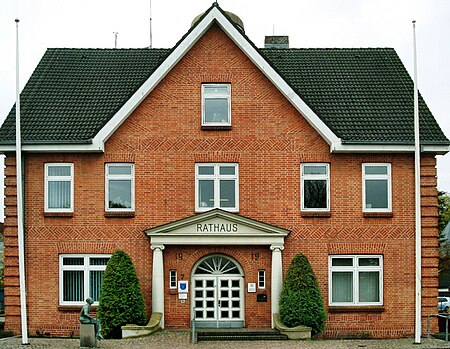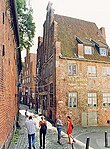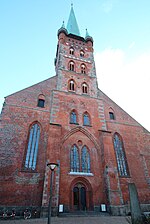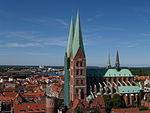Stockelsdorf
Municipalities in Schleswig-HolsteinOstholsteinOstholstein geography stubs

Stockelsdorf is a municipality in the district of Ostholstein, in Schleswig-Holstein, Germany. It is situated directly northwest of Lübeck and forms an agglomeration with the easterly town of Bad Schwartau. The municipality contains the villages of Arfrade, Curau, Dissau, Eckhorst, Horsdorf, Klein Parin, Krumbeck, Malkendorf, Obernwohlde and Pohnsdorf. By measure of population Stockelsdorf is the second largest municipality without town status in Schleswig-Holstein.
Excerpt from the Wikipedia article Stockelsdorf (License: CC BY-SA 3.0, Authors, Images).Stockelsdorf
Ringstraße,
Geographical coordinates (GPS) Address Nearby Places Show on map
Geographical coordinates (GPS)
| Latitude | Longitude |
|---|---|
| N 53.883333333333 ° | E 10.65 ° |
Address
Ringstraße 18
23617
Schleswig-Holstein, Germany
Open on Google Maps









